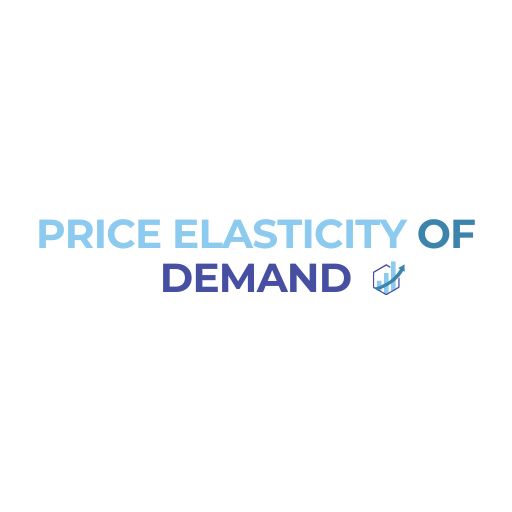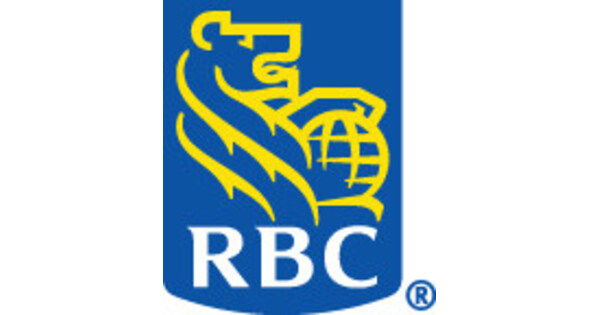Any investors hoping to find a Mid Cap Value fund could think about starting with American Century Mid Cap Value Investor (ACMVX). ACMVX has a Zacks Mutual Fund Rank of 3 (Hold), which is based on various forecasting factors like size, cost, and past performance.
We classify ACMVX in the Mid Cap Value category, an area rife with potential choices. Mid Cap Value mutual funds aim to target medium-sized companies that possess strong value and income opportunities for investors. A mid-cap company usually holds a market capitalization of between $2 billion and $10 billion.
American Century is responsible for ACMVX, and the company is based out of Kansas City, MO. American Century Mid Cap Value Investor debuted in March of 2004. Since then, ACMVX has accumulated assets of about $1.72 billion, according to the most recently available information. A team of investment professionals is the fund’s current manager.
Investors naturally seek funds with strong performance. This fund carries a 5-year annualized total return of 9.24%, and it sits in the bottom third among its category peers. If you’re interested in shorter time frames, do not dismiss looking at the fund’s 3 -year annualized total return of 9.05%, which places it in the middle third during this time-frame.
It is important to note that the product’s returns may not reflect all its expenses. Any fees not reflected would lower the returns. Total returns do not reflect the fund’s [%] sale charge. If sales charges were included, total returns would have been lower.
When looking at a fund’s performance, it is also important to note the standard deviation of the returns. The lower the standard deviation, the less volatility the fund experiences. Compared to the category average of 14.81%, the standard deviation of ACMVX over the past three years is 16.56%. The standard deviation of the fund over the past 5 years is 18.52% compared to the category average of 16%. This makes the fund more volatile than its peers over the past half-decade.
Investors should note that the fund has a 5-year beta of 0.89, which means it is hypothetically less volatile than the market at large. Another factor to consider is alpha, as it reflects a portfolio’s performance on a risk-adjusted basis relative to a benchmark-in this case, the S&P 500. ACMVX’s 5-year performance has produced a negative alpha of -4.15, which means managers in this portfolio find it difficult to pick securities that generate better-than-benchmark returns.











Leave a Reply